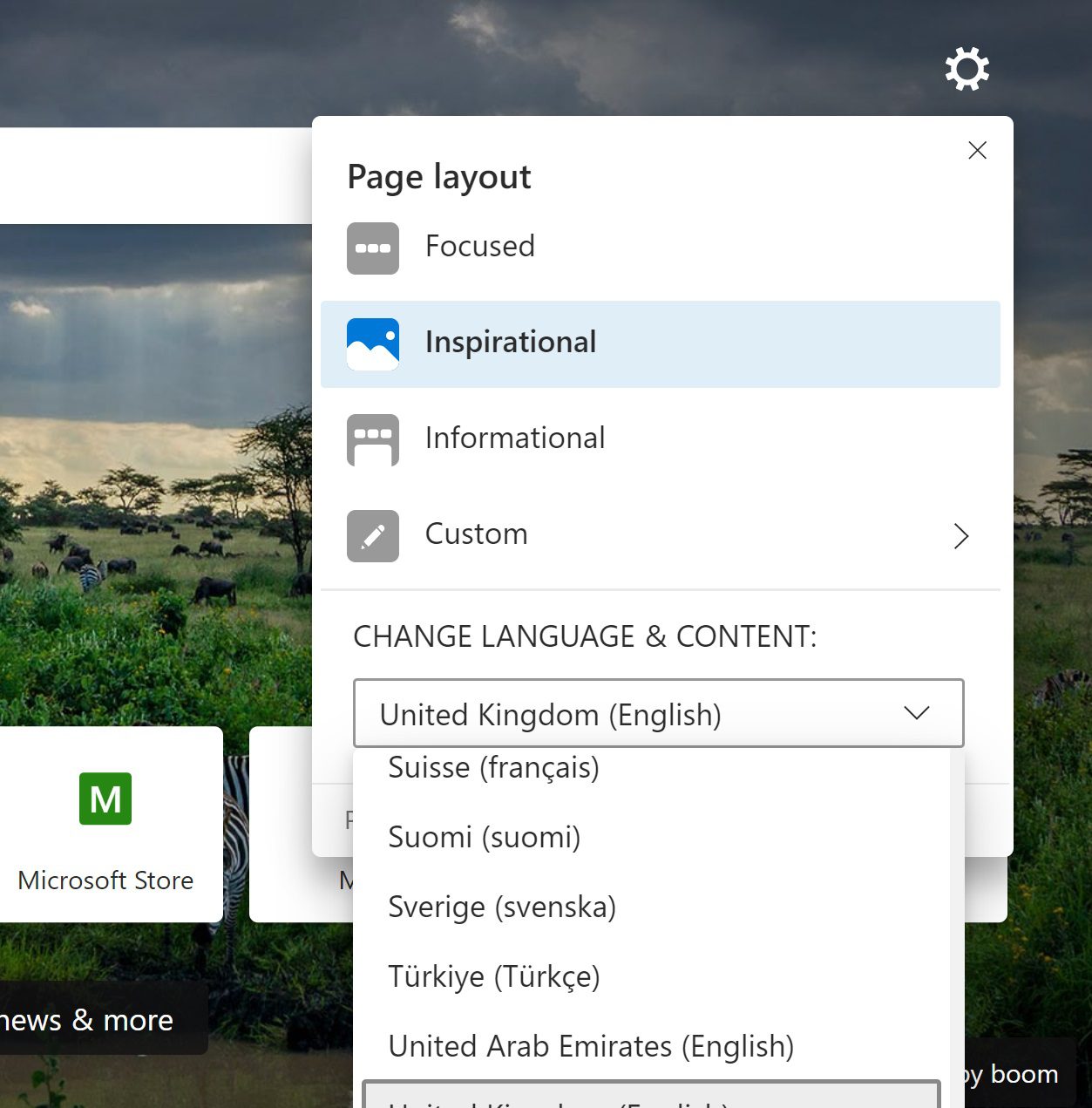


This policy now supports custom_name, which permanently overrides the app name of installed apps and custom_icon, which permanently overrides the app icon of installed apps. The WebAppInstallForceList policy lets administrators configure a list of web apps that install silently, without user interaction, and which users can’t uninstall or turn off. Cross-platform support is now available for 圆4 Windows, 圆4 macOS, 圆4 Linux and ARM64 systems. Enhanced security mode now supports WebAssembly for ARM64. Administrators can control the availability of Drop using the EdgeEDropEnabled policy. Using the desktop version of Microsoft Edge, Drop can be managed through the sidebar ( edge://settings/sidebar).

Microsoft Edge now offers a simple way to send files and notes across all your signed in mobile and desktop devices. Additionally, if a user’s other devices don’t have history and open tabs sync on, those two toggles will be turned on. Organizations using the SyncDisabled policy won’t be affected by this change. This sync enablement includes other devices where they’re signed in. For Azure Active Directory users who have sync turned off, after the browser is launched they’ll see a notification prompt and have sync turned on for all signed in instances of Microsoft Edge. This data includes favorites, passwords, browsing history, open tabs, settings, apps, collections, and extensions. Microsoft Edge sync roams data across all signed in instances of Microsoft Edge.

Using these new policies (ImmersiveReaderGrammarToolsEnabled and ImmersiveReaderPictureDictionaryEnabled), administrators can control the availability of Grammar Tools and Picture Dictionary features within Immersive Reader. Immersive Reader in Microsoft Edge simplifies web page layouts, removes clutter, and helps you customize your reading experience.


 0 kommentar(er)
0 kommentar(er)
